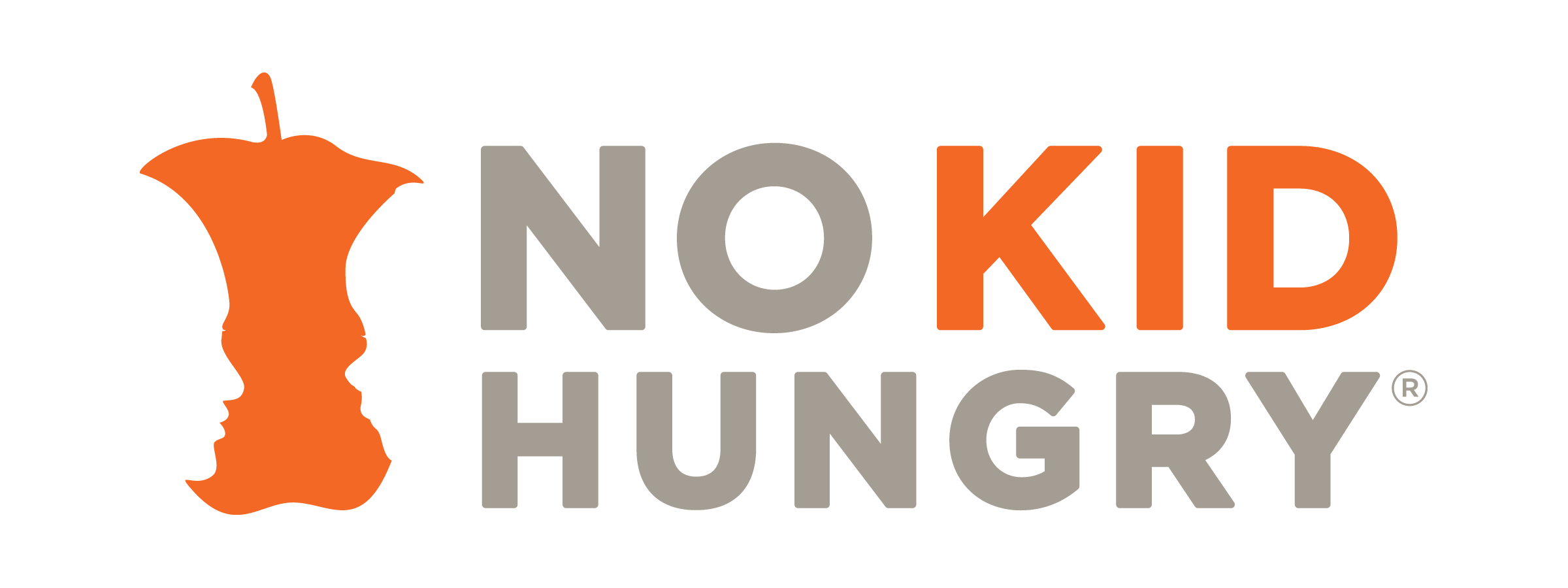The pandemic brought many shifts to school meal programs across Ohio and the country. In most districts, meal service models had to change significantly to ensure kids could eat socially distanced from one another. Now that health mandates and federal waivers that were available during the pandemic have ended, schools are adapting the alternative models that they may have started during the pandemic to their normal operations.
At St. Mary’s City Schools, in St. Mary’s, Ohio, Food Service Director Nicole Rasmussen has blended learnings from the pandemic with traditional school meal operations to expand access to school breakfast in her district through a few ways. The first is universal breakfast – all St. Mary’s students still eat breakfast for free regardless of household income status and the increase in participation has helped to cover this cost. The second is a mixed breakfast set-up for their campus. While her K-5 students still participate in a more traditional breakfast meal model, her middle and high schoolers have an additional second chance to access breakfast via grab and go carts mid-morning.
Nicole has always been a proponent for feeding breakfast to all students, but pre-pandemic there were always obstacles in the way, all of which are fairly common when discussing alternative breakfast models. From not enough time in the day to it’s too much of a mess or it causes a distraction during instructional time, there were several barriers in the way of Nicole’s idea coming to fruition. But when the pandemic hit, and flexibilities in how school districts could operate their meal programs were in effect, the focus became on removing barriers and finding solutions that lead to significant changes in their program and has allowed them to continue to find success as schools have returned to more traditional operations.
When it comes to implementation, Nicole and her Superintendent, Bill Ruane, attribute a few key factors to the success of their breakfast program. Most importantly, Bill shared, “the right people and staff in place, particularly in the cafeteria, is crucial. You have to identify what are your priorities and figure out ways to make it happen. And when you eliminate barriers, you realize that they weren’t as big as you thought.” Having the support of school administration in addition to school nutrition staff, teachers, and custodians is critical in implementing these programs, working through challenges, and addressing concerns in a thoughtful way as they arise.
National data shows that students that participate in alternative breakfast after the bell strategies, like Second Chance Breakfast, participate in school breakfast at a much higher rate. Second Chance breakfast supports schools in reaching an average of 58% breakfast participation by dedicating a few extra minutes of the morning routine. There’s no denying that operating an alternative breakfast model is hard work and ensuring staff are supportive is crucial to its success. And the data has shown that the emphasis that Nicole has placed on breakfast has been worth it. Compared to pre-pandemic participation, four to five times the number of middle and high school students are participating in breakfast!
The increased breakfast participation is a true testament to Nicole and her team’s continued commitment to pushing the status quo and prioritizing accessibility to ensure breakfast is available to all students at St. Mary’s City Schools.

